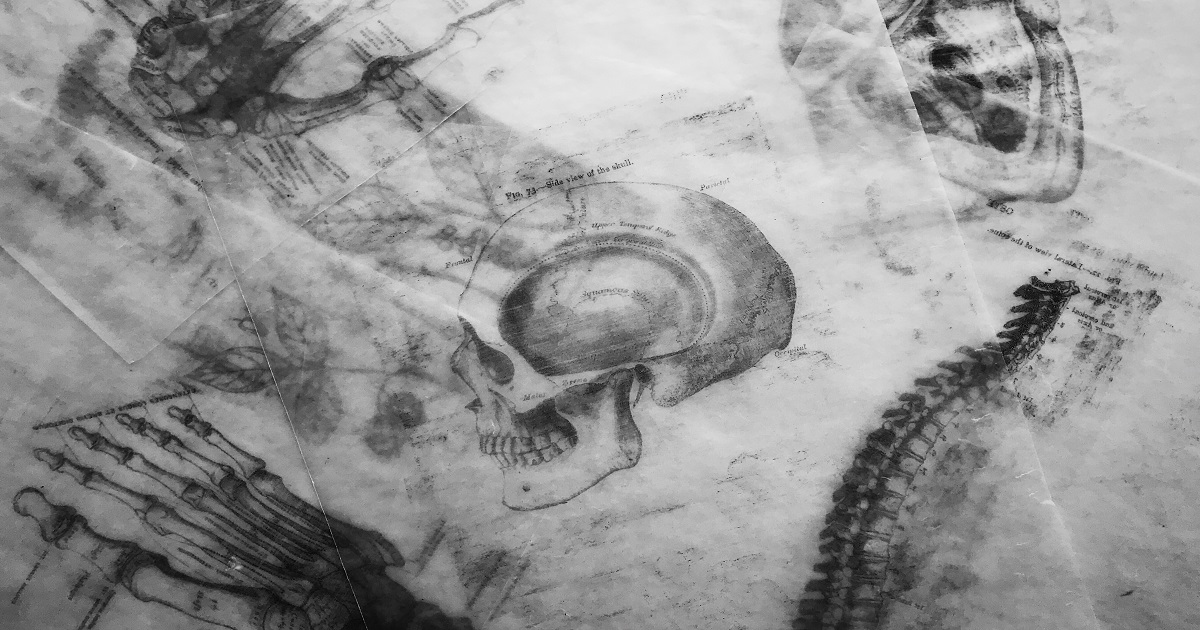Forensic Identification in a Multidisciplinary Perspective: Focusing on Big Challenges
A special issue of Biology (ISSN 2079-7737). This special issue belongs to the section "Biochemistry and Molecular Biology".
Deadline for manuscript submissions: closed (31 December 2023) | Viewed by 3573

Special Issue Editors
2. Laboratory of Forensic Anthropology, Centre for Functional Ecology, Department of Life Sciences, University of Coimbra, 3004-531 Coimbra, Portugal
Interests: forensic anthropology; forensic identification; skeletal biology; human evolution
Special Issues, Collections and Topics in MDPI journals
Interests: forensic anthropology; trauma analysis; identification; facial image comparison
Special Issues, Collections and Topics in MDPI journals
Special Issue Information
Dear Colleagues,
Forensic experts are increasingly facing significant challenges in identifying human remains in their casework, whether in everyday or exceptional circumstances. This Special Issue aims to address specific cases in forensic identification, namely of bodies in an advanced state of preservation, burned remains, and body parts recovered in the water, among others.
The holistic perspective of identification is central to this Special Issue, encompassing the knowledge from many various scientific disciplines used in forensic practice, such as dermatoglyphics, genetics, odontology, anthropology, or pathology The importance of the combination of methods, contextual information, and personal belongings or other artefacts are also considered.
The aim is to emphasize the importance of collaborative, evidence-based, and unbiased approaches, making use of cutting-edge technologies and the know-how of a team of experts.
In this Special Issue, theoretical articles on various identification challenges and particularly demanding case studies are welcome. For example, cases where a person had two DNAs, cases with a fundamental role of anatomical variants in identification, or cases of highly decomposed or burnt remains are of particular interest.
Prof. Dr. Eugénia Cunha
Dr. Zuzana Obertová
Guest Editors
Manuscript Submission Information
Manuscripts should be submitted online at www.mdpi.com by registering and logging in to this website. Once you are registered, click here to go to the submission form. Manuscripts can be submitted until the deadline. All submissions that pass pre-check are peer-reviewed. Accepted papers will be published continuously in the journal (as soon as accepted) and will be listed together on the special issue website. Research articles, review articles as well as short communications are invited. For planned papers, a title and short abstract (about 250 words) can be sent to the Editorial Office for assessment.
Submitted manuscripts should not have been published previously, nor be under consideration for publication elsewhere (except conference proceedings papers). All manuscripts are thoroughly refereed through a single-blind peer-review process. A guide for authors and other relevant information for submission of manuscripts is available on the Instructions for Authors page. Biology is an international peer-reviewed open access semimonthly journal published by MDPI.
Please visit the Instructions for Authors page before submitting a manuscript. The Article Processing Charge (APC) for publication in this open access journal is 2700 CHF (Swiss Francs). Submitted papers should be well formatted and use good English. Authors may use MDPI's English editing service prior to publication or during author revisions.
Keywords
- forensics
- forensic identification
- forensic anthropology
- human remains
- forensic cases
Benefits of Publishing in a Special Issue
- Ease of navigation: Grouping papers by topic helps scholars navigate broad scope journals more efficiently.
- Greater discoverability: Special Issues support the reach and impact of scientific research. Articles in Special Issues are more discoverable and cited more frequently.
- Expansion of research network: Special Issues facilitate connections among authors, fostering scientific collaborations.
- External promotion: Articles in Special Issues are often promoted through the journal's social media, increasing their visibility.
- Reprint: MDPI Books provides the opportunity to republish successful Special Issues in book format, both online and in print.
Further information on MDPI's Special Issue policies can be found here.







